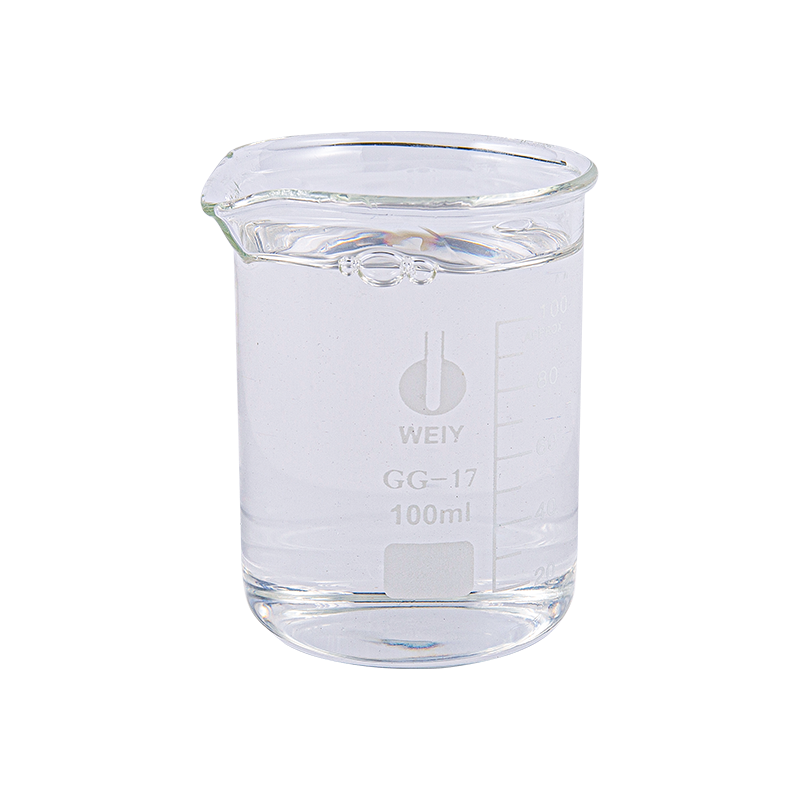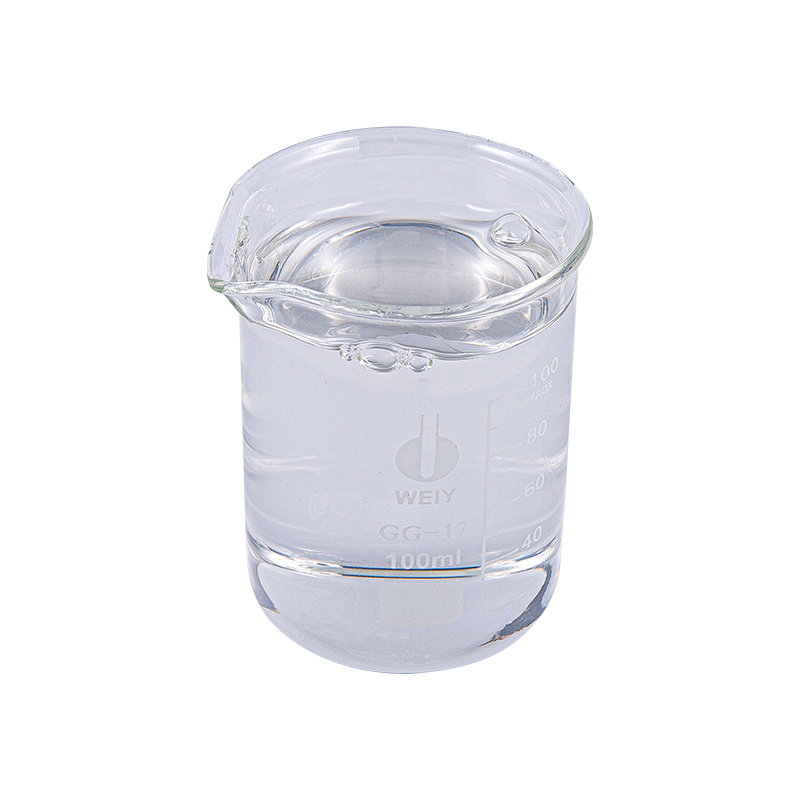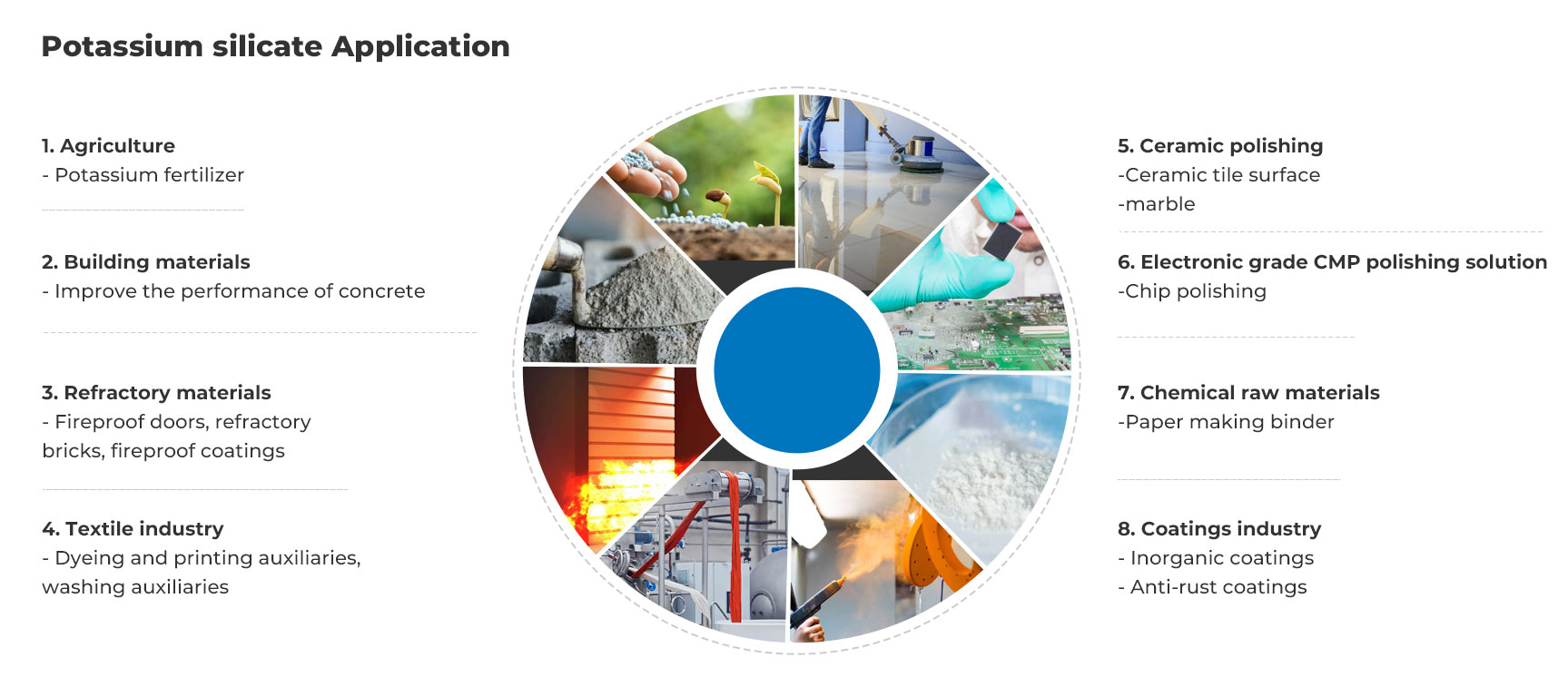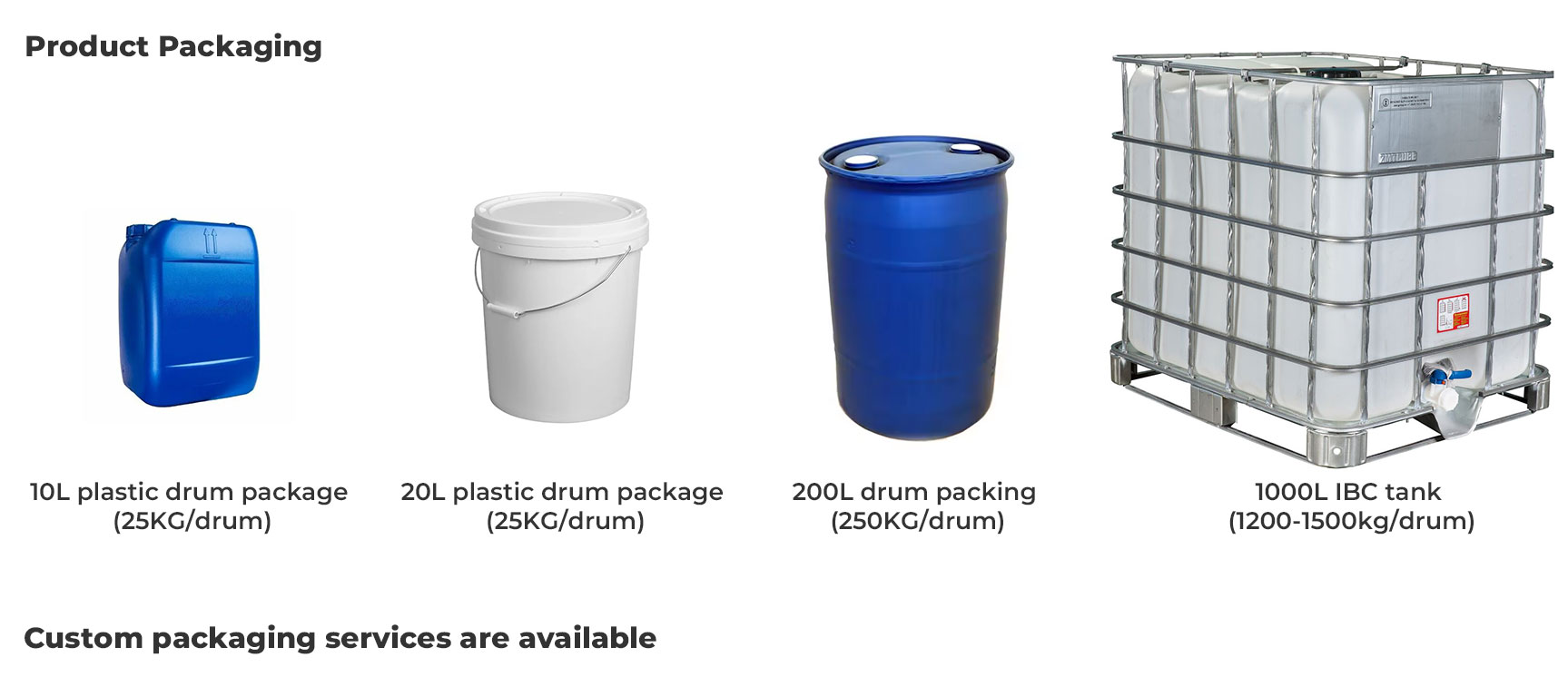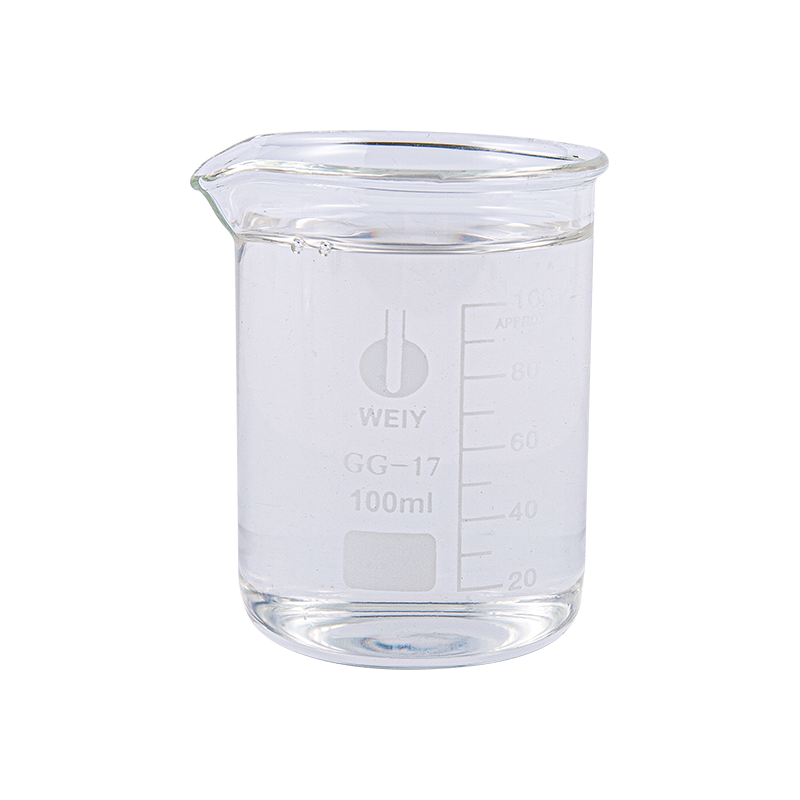What kind of potassium silicate can significantly improve the strength of concrete and is widely used in high-performance materials in many fields?
From the perspective of chemical properties, the reason why Modulo (M): 4.8-5.0 Liquid Potassium Silicate can be widely used in many occasions is closely related to its unique reaction mechanism. During the curing process, it absorbs CO₂ faster, which greatly shortens the surface drying time of its coating. Compared with potassium silicate products with other moduli, this ability to quickly absorb CO₂ allows it to form a stable structure faster in practical applications and improve construction efficiency. In some large-scale construction projects, time is cost. The fast drying characteristics of Modulo (M): 4.8-5.0 Liquid Potassium Silicate can effectively shorten the construction period and reduce the cost of labor and equipment.
As a concrete curing agent, potassium silicate with a modulus of 4.8-5.0 exhibits strong performance. Concrete is widely used in the construction field, and its strength and hardness are directly related to the quality and service life of the building. This potassium silicate product produced by Tongxiang Hengli Chemical Co., Ltd. can penetrate deep into the concrete and react chemically with the free calcium therein to form an insoluble calcium silicate gel. This gel fills the pores of the concrete, making the structure of the concrete denser, thereby significantly improving the strength and hardness of the concrete. The compressive strength and wear resistance of the concrete treated with this potassium silicate are greatly improved, and it can withstand greater loads and wear, extending the service life of the building. Whether it is road construction or bridge construction, the use of potassium silicate with a modulus of 4.8-5.0 as a concrete curing agent can provide a solid guarantee for the quality of the project.
In the field of high-performance inorganic zinc-rich coatings, potassium silicate with a modulus of 4.8-5.0 also plays an irreplaceable role. Inorganic zinc-rich coatings have excellent anti-corrosion properties and are widely used in fields with severe corrosive environments such as marine engineering and petrochemicals. This potassium silicate product produced by Tongxiang Hengli Chemical Co., Ltd. can combine well with zinc powder to form a stable coating structure. It can not only improve the adhesion of the coating, but also enhance the corrosion resistance of the coating. In the marine environment, metal structures are eroded by seawater and sea breeze for a long time, and ordinary coatings are difficult to meet the anti-corrosion requirements. The inorganic zinc-rich coating based on potassium silicate with a modulus of 4.8-5.0 can form a dense protective film on the metal surface, effectively blocking the intrusion of seawater and oxygen, protecting the metal structure from corrosion, extending the service life of the equipment, and reducing maintenance costs.
As an environmentally friendly coating, the market demand for water-based coatings has continued to grow in recent years. Potassium silicate with a modulus of 4.8-5.0 provides strong support for the performance improvement of water-based coatings. Tongxiang Hengli Chemical Co., Ltd. applies this product to the research and development and production of water-based coatings, and improves the quality of water-based coatings by using its good film-forming properties and water resistance. This potassium silicate can interact with other ingredients in water-based coatings to form a uniform coating, giving the coating better hiding power and gloss. At the same time, its excellent water resistance allows water-based paint to maintain good performance in humid environments, and it is not easy to peel or fall off, which broadens the application range of water-based paint. Whether it is interior decoration or outdoor construction, the use of water-based paint containing potassium silicate with a modulus of 4.8-5.0 can achieve ideal decorative and protective effects.
Inorganic enamel paints are also widely used in industry and daily life, such as kitchen utensils, sanitary ware, etc. Potassium silicate with a modulus of 4.8-5.0 gives inorganic enamel paints unique performance advantages. In the preparation process of enamel paint, the potassium silicate can be fully integrated with other raw materials to form a uniform glaze slurry. During the high-temperature firing process, it can promote the combination of the glaze layer and the substrate, and improve the hardness and wear resistance of the glaze layer. The inorganic enamel paint produced using this potassium silicate is applied on a metal or ceramic substrate. The glaze surface formed is smooth and flat, not easy to scratch and wear, and has good chemical corrosion resistance. It can resist the erosion of chemicals such as acids and alkalis, extend the service life of enamel products, and improve product quality.
In terms of building exterior wall protection, potassium silicate with a modulus of 4.8-5.0 also plays an important role. The exterior walls of buildings are exposed to the natural environment for a long time, and are affected by wind, sun, rain, snow and frost, and are prone to cracking, fading and other problems. This potassium silicate product can be used as an important component of building exterior wall protective coatings. It can penetrate into the interior of the wall and form a transparent protective film on the surface. This protective film can not only block the intrusion of moisture and prevent the wall from getting damp and moldy, but also resist ultraviolet radiation and reduce the fading and aging of the exterior wall coating. Its good air permeability allows the moisture inside the wall to be discharged smoothly, avoiding damage to the wall caused by moisture accumulation, thereby protecting the exterior wall of the building and improving the beauty and durability of the building.
Hydrophilic concrete protection is an emerging application field in recent years, and potassium silicate with a modulus of 4.8-5.0 has shown unique advantages in it. Hydrophilic concrete has good water permeability and has broad application prospects in fields such as sponge city construction. However, hydrophilic concrete is easily clogged by pollutants during use, affecting its water permeability. This potassium silicate can protect hydrophilic concrete. It can form a coating with a special structure on the surface of concrete, which not only maintains the hydrophilicity of concrete, but also prevents the attachment and clogging of pollutants. When rain falls on the treated hydrophilic concrete surface, it can quickly penetrate and wash away the pollutants on the surface, keeping the concrete permeable and unobstructed, and improving the service life and use effect of hydrophilic concrete.
In the field of high-strength floor maintenance materials, potassium silicate with a modulus of 4.8-5.0 also plays an important role. Whether it is the floor of an industrial plant or the floor of a commercial building, it needs to have high strength and wear resistance. It can be used as a floor maintenance agent. It can penetrate into the floor, react with cement hydration products, generate more gel substances, fill the pores of the floor, and improve the density and strength of the floor. The surface hardness of the floor after potassium silicate maintenance treatment is significantly improved, the wear resistance is enhanced, and it can withstand the rolling of heavy equipment and vehicles, reducing the wear and damage of the floor and reducing the subsequent maintenance costs.

 English
English عربى
عربى Español
Español



 English
English عربى
عربى Español
Español